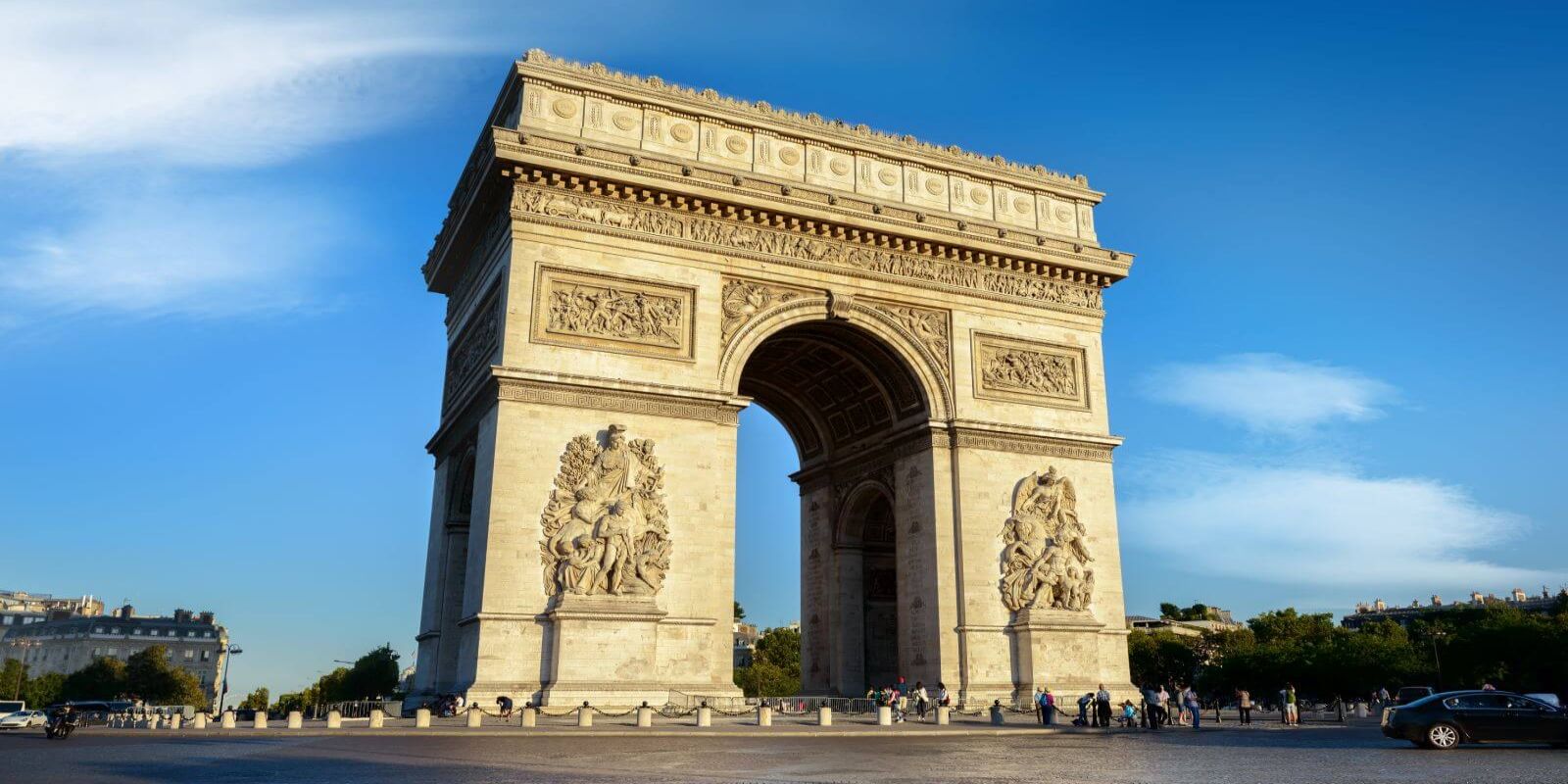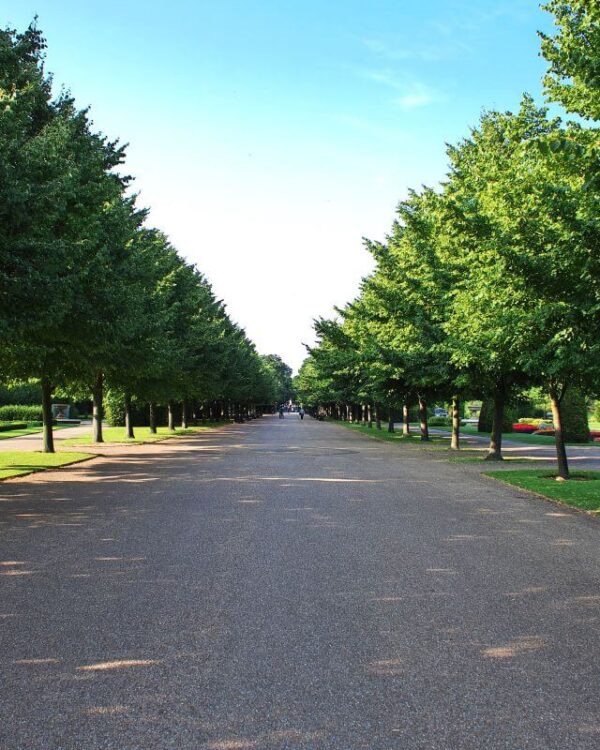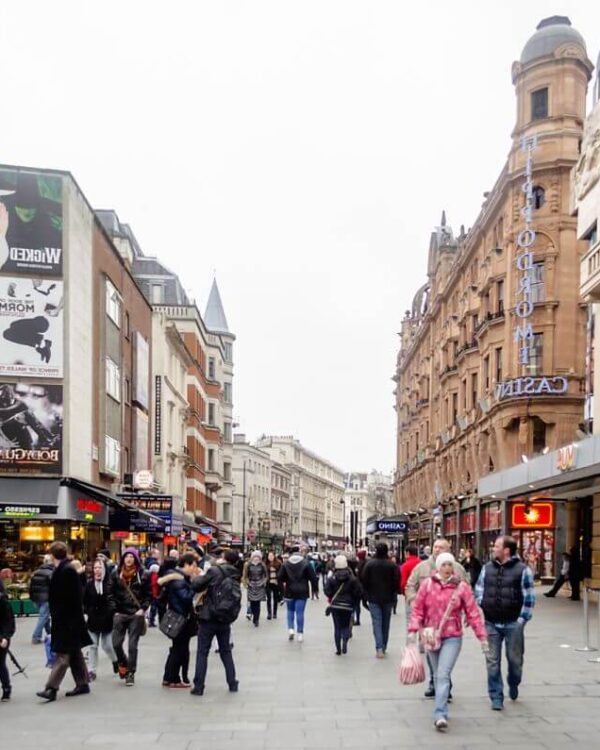Arc de Triomphe: The Monument’s History
The Arc de Triomphe is one of the most iconic monuments in Paris. The triumphal arch built to honor those who fought and died during the French Revolution and Napoleonic Wars, and it stands as a symbol of French national pride. Arc de Triomphe is also one of the most popular tourist attractions in Paris, with over six million visitors each year. The monument is situated in the center of the Place Charles de Gaulle, at the end of the Champs Elysées. It is 50 meters high and 45 meters wide, and it is adorned with a number of relief sculptures that depict key moments in French history.
Arc de Triomphe Significance
Arc de Triomphe is one of the most iconic landmarks in Paris. It was commissioned by Napoleon in 1806 (after the battle of Austerlitz) to celebrate his military victories, and it was completed in 1836. It was designed by none other than the renowned architect Jean Chalgrin, who drew heavily from Roman triumphal arches in his design. The Arc de Triomphe is also the site of the Tomb of the Unknown Soldier, which honors the soldiers who have died in battle without being identified. The Arc de Triomphe is one of the most popular tourist attractions in Paris, and it is a symbol of French pride.
Arc de Triomphe Construction
The Arc de Triomph is composed of two massive stone pillars, which are connected by a series of arches. The top of the Arc de Triomph is adorned with sculpted reliefs that depict key moments from the wars. The Arc de Triomph comprises three main sections: the arch itself, which sits on top of a high foundation; two reliefs on either side; and a curved walkway leading up to the archway. The entire structure is made out of white stone blocks that were quarried near Paris, giving it its unmistakable creamy color.
Arc de Triomphe: Historic Details
The arch itself is quite impressive, with its magnificent stone columns and soaring spire towering over the surrounding area. But what truly sets this monument apart is its long history and incredible details. Every inch of the Arc de Triomph is intricately carved with imagery from mythology, religion, and French culture, capturing both its beauty and significance in a single structure.
Arc de Triomphe Decorations
The Arch is decorated with a number of reliefs and sculptures, including La Résistance de 1814 and La Paix de 1815, and the Triumph of 1810. In addition to these sculptures, the Arch is also adorned with a number of inscriptions. These include quotes from Napoleon Bonaparte, as well as the names of French generals who fought in the Napoleonic Wars.
Visit the Arc de Triomphe Rooftop
Located at the western end of the Champs-Élysées, this iconic monument can be seen from multiple vantage points throughout the city. Climbing to the top involves taking a series of winding stairways up hundreds of steps, but it is well worth it for the unparalleled panoramic view of Paris.
Once at the top, visitors are treated to sweeping panoramas of famous landmarks such as Notre Dame cathedral, which dominates the skyline to the north. For anyone lucky enough to visit this magnificent structure, a trip to Arc de Triomphe provides a unique opportunity to take in all that Paris has to offer from an unparalleled perspective.
Arc de Triomphe Location: Place Charles de Gaulle
The arch is located in the center of the Place Charles de Gaulle (formerly Place de l’Étoile). Place Charles de Gaulle is one of the most iconic squares (roundabouts) in Paris. Also known as the Place de l’Étoile, it is best known for its twelve radiating avenues and the Arc de Triomphe.
Visitors can reach Arc de Triomphe by taking the metro to the Charles de Gaulle-Etoile station. From there, it is a short walk to the monument. There are several other attractions near, including the Eiffel Tower. The usual admission is 13 euros, however some visitors may enter for free under certain conditions.
Similar Posts:
- Paris Charles de Gaulle Airport: What You Should Know About CDG Paris Airport
- Facts About Palais Garnier: a Famous Opera House in Paris
- The Paris RER: The Regional Train Transport Network Around Paris
- A Guide to Airports in Paris: Charles de Gaulle Airport (CDG), Orly and Other Paris Airports You Can Fly To
- The Attractions and History of the Champ de Mars: The Park Between the Eiffel Tower and École Militaire in Paris
- Jardin du Luxembourg, Known as Luxembourg Gardens in Paris
- The Petit Palais: Exploring the City of Paris’ Museum of Fine Arts (Musée des Beaux-Arts de la Ville de Paris)
- Eiffel Tower (La Tour Eiffel): Paris’ Most Iconic Landmark



